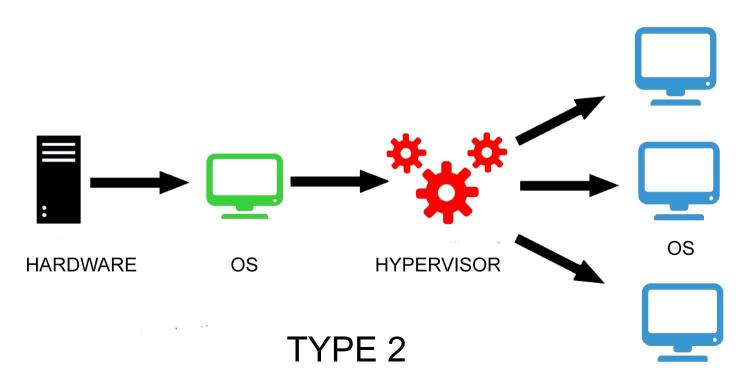

For example, the nature of your guest system, your host system, paravirtualization being enabled or disabled, and the hardware architecture. However, take these benchmarks with a grain of salt since there are a lot of variables that cannot be accommodated in here. Where as, they are both neck and neck when it comes to I/O throughput, which is a severe bottleneck when it comes to desktop virtualization. To go with the most commonly observed results VMware out performs VirtualBox in terms of CPU and memory utilization. The performance comparison between the two virtualization environments has been a controversial subject on the Internet. They can all be used for non-commercial use under Personal Use and Evaluation License (PUEL). Although VirtualBox does have extension packs under a different license for shared folder, disk encryption, PXE booting and a few other functionalities.

The clear winner, in terms of pricing, is VirtualBox. The free version is known as VMware Workstation Player and it is pretty limited in functionality, with many of the features locked out of it. VMware’s paid version is called VMware Workstation Pro for Windows and Linux host systems, whereas, for macOS it is marketed as VMware fusion. VMware comes as both free and paid versions both under proprietary license. VirtualBox’s core system is free and open source under the GNU v2 license. So which one should you choose and what are the factors that you should consider while making the choice? Price and Licensing Along with a whole array of other architectures like ARM. They are both supported on Windows, macOS and Linux and both offer 32 and 64 bit guest operating system support. VMware and VirtualBox are both the top two popular desktop virtualization options.


 0 kommentar(er)
0 kommentar(er)
